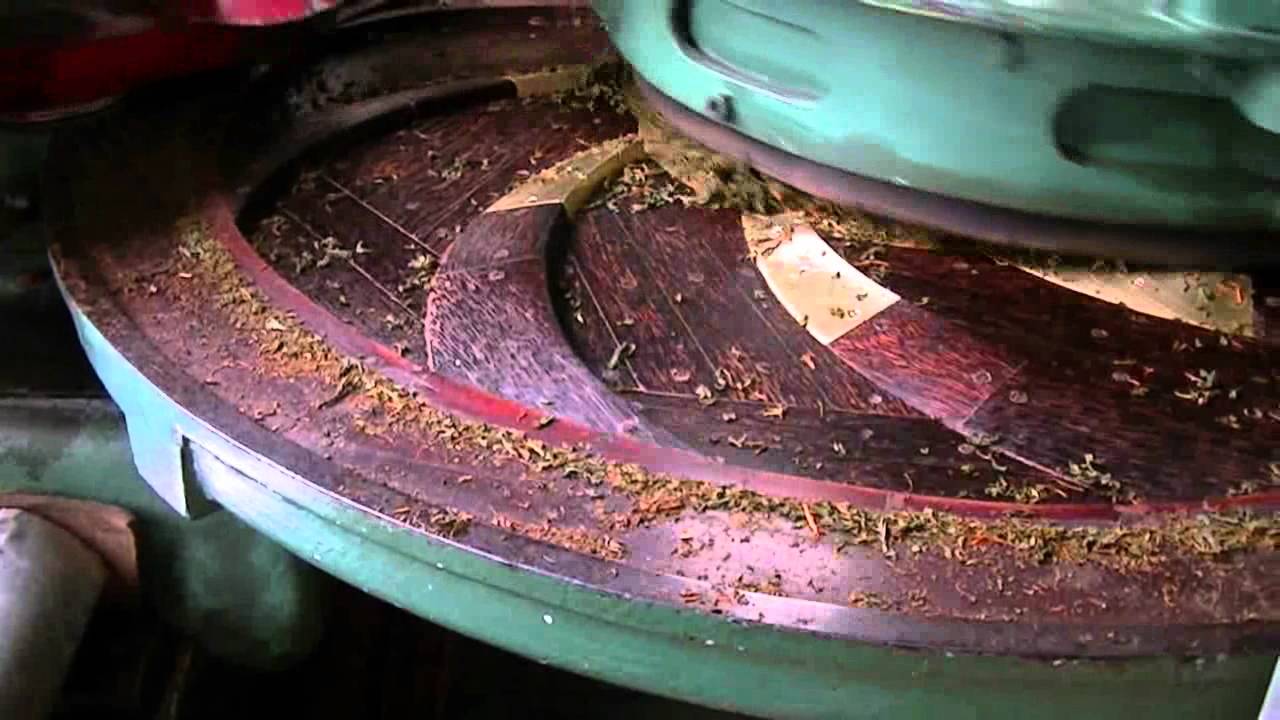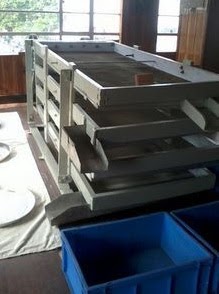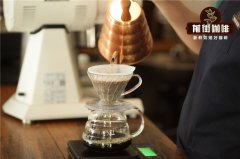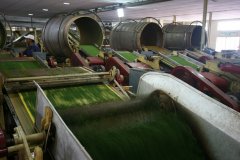The nine steps of the complete process of black tea production explain in detail how long it takes to make black tea.
Tea is a daily drink for most of our friends. Have you ever wondered what the production process of black tea is?
I wonder if my partner has ever had such a whim: what will it be like if the raw leaves are picked and eaten directly without any processing?
Here, we can tell you exactly: I have tried! Although with a little grassy plant aroma! But! It's bitter! It's astringent!
You know, the processing of black tea can slow down the bitterness and astringency in the raw leaves, thus creating a delicious mixture of freshness and freshness.

Fermented black tea leaves even give off sweet aromas such as ripe fruits, oranges or green apples.
Needless to say, brown, from highly transparent orange to crimson, is richer than Jimei's lipstick collection.
The difference is that high-quality black tea is not only beautiful in color, but also in perfect balance with taste and aroma, making people want to have the billionth cup after the first cup.
However, the process from leaves to black tea takes about 15 to 18 hours.
Next, let's discuss the traditional production process of black tea:
① picking
Japanese tea farmers mainly harvest by machine, while almost all black tea producing countries such as India, Sri Lanka, China, Indonesia and Kenya choose to pick it by hand. When picking tea, it will pick a total of three leaves containing new buds and two tender leaves (one heart and two leaves).
② wilting
The purpose of this step is to remove some of the moisture from the raw leaves and show a better kneading state. Some of the more traditional tea factories choose to dry naturally, but nowadays most tea factories prepare a large box with a metal net in it, then pour it into the raw leaves and blow cool or hot air up and down alternately, thus evaporating 40% to 50% of the moisture. The withering time of tea depends on the weather and temperature, which usually takes 12 to 15 hours.
③ rolling
After completing the previous step, the raw leaves can be put into the kneading machine (Rolling Machine) and kneaded with no pressure or slight pressure. The bottom of the kneading and twisting machine has an obtuse angle or spiral-shaped concave-convex design, so it can twist and twist the tea, thus destroying the fiber and then flowing out the leaf juice. This step can stimulate oxidizing enzymes, thus promoting the fermentation of tea.

④ kneading and cutting
The leaf type tea is meticulous, and the leaf width is only 2 to 3 mm. When the leaf is 1 cm long, it is called OP, and the thinner one is called orange-yellow-white broken leaf (BOP).
The kneading and cutting mechanism is made of half of the meat grinder, with a huge screw cutter turning, which can cut up the tea to a fine shape.
⑤ sieve (unblocking)
The tea leaves are rolled or cut into blocks of 3 to 4 centimeters. Pour it into a machine that wobbles left and right, and the lump of tea will automatically untie, making it easier to ferment.
⑥ fermentation
After sieving, the tea will be spread on the fermentation rack or ceramic tile platform to a thickness of about 7 to 8 centimeters, and then use a humidifier to control the humidity at 75 to 80 percent and the temperature at 25 degrees Celsius to 30 degrees Celsius. The fermentation time is usually 20 to 120 minutes. The length of fermentation time has a great influence on the aroma.
⑦ drying
The fermented tea is very wet, so it needs to be dried to stop the oxidation and fermentation of the tea. Pour the tea into the conveyor belt and send it to the dryer and perform the drying process for about 20 minutes from 95 degrees Celsius to 98 degrees Celsius, while preventing the tea from burning. The water content of the tea after this step is about 2% to 3%.
⑧ screening
After drying, it must be cleaned, pick out tea stalks and foreign bodies, and then pour into the sieving machine to classify according to shape.
The tea size represents the grade by OP, BOP, P, BOPF, F, D and so on.

⑨ packaging
After screening, the tea is bagged and stored, and then sent to the tea auction house.
Important Notice :
前街咖啡 FrontStreet Coffee has moved to new addredd:
FrontStreet Coffee Address: 315,Donghua East Road,GuangZhou
Tel:020 38364473
- Prev

How to be a qualified barista? Baristas' self-cultivation the qualities of baristas
Now tapping the keyboard, the character is a code worker, and I am also a barista. Whenever I stand on the bar, I always have a desire to communicate with customers. I wonder if the baristas here are the same with you. If you decompress and take a closer look at the daily work of baristas, you will find that you look a lot like doctors and translators. I think one
- Next

CTC black tea and BOP black tea which is better? CTC black tea production process detailed explanation
Black tea, inadvertently invented in the making of oolong tea. Later, with the arrival of the Great Maritime Age, black tea went to the more distant western world. Later, the popularity of black tea became more and more widespread, from imperial relatives to ordinary people, drinking a cup of black tea every day. However, the demand is so large, manual operation, how can we meet everyone's needs
Related
- Beginners will see the "Coffee pull flower" guide!
- What is the difference between ice blog purified milk and ordinary milk coffee?
- Why is the Philippines the largest producer of crops in Liberia?
- For coffee extraction, should the fine powder be retained?
- How does extracted espresso fill pressed powder? How much strength does it take to press the powder?
- How to make jasmine cold extract coffee? Is the jasmine + latte good?
- Will this little toy really make the coffee taste better? How does Lily Drip affect coffee extraction?
- Will the action of slapping the filter cup also affect coffee extraction?
- What's the difference between powder-to-water ratio and powder-to-liquid ratio?
- What is the Ethiopian local species? What does it have to do with Heirloom native species?

